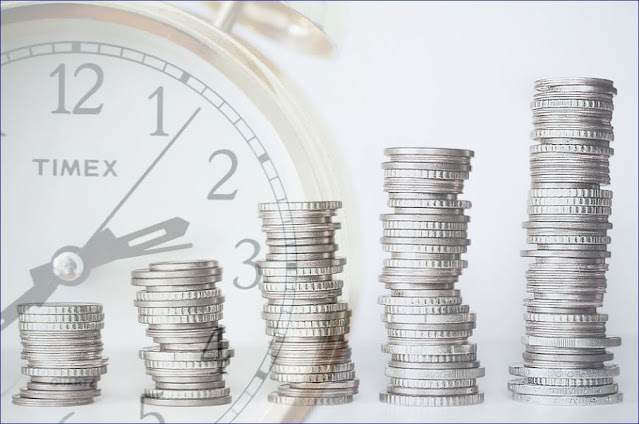The Malay apple, Jambu Bol, Jambu Dersono, or Jambu Jamaica, in Latin called Syzygium Malaccense is a fruit tree with a cone-shaped spreading crown, usually growing to 5 - 20 meters in height, although specimens up to 30 meters have been recorded from Papua New Guinea.
The stems of the guava plant are straight cylindrical and can be 20 - 45cm in diameter (up to 130cm in New Guinea), often branching off near the ground although sometimes free of branches 10 - 15 meters long, with supports at the base.
The trees also sometimes grow large enough to produce timber for trade. Jambu Bol is also sometimes cultivated, usually in the yard, either as an ornamental plant or as an edible fruit in the tropics. Guava Bol is spread in various countries such as Southeast Asia - Myanmar, Thailand, Malaysia, Indonesia, Papua New Guinea, Bismark Islands, and to northern Australia.
This species of Guava is one of the most beautiful trees, the purple rose petals fell in great numbers and covered the ground like a beautiful carpet of bright colors.
Although these Jambu Bol or Dersono Guava Plants are not grown commercially, they are often sold in the local market and it is believed that the tree has the prospect of greater commercial exploitation.
JAMBU BOL CHARACTER
The Jambu Bol or Jambu Dersono plant lives in moderately humid tropical lowlands, where it can also be found at elevations of up to 1,200 meters. It grows best in areas where the annual daytime temperature is in the range of 22 - 28 ° c, but can tolerate 16 - 33 ° c, It prefers average annual rainfall in the range of 1,200 - 1,600mm, but tolerates 1,000 - 2,200mm. The plants can tolerate dry seasons, but thrive in areas with year-round rainfall. Prefers fertile soil, has good drainage and is positioned in full sun, and is able to live in poor coral soils, on lowland islands.
The Jambu Bol or Jamaican Jambu (Syzygium Malaccense) plant takes 4 - 5 years to flower from seed, with maximum yields achieved after about 10 years of age. The plant can bear fruit up to three times a year, and flowering begins with a period of wet weather after the dry season.
BENEFITS AND USES OF JAMBU BOL TREE
- Ripe fruit is crunchy, and very juicy, with a thin skin and mild sour taste, refreshing and rich in vitamins. The fruit size reaches 20mm x 26mm and the fruit is ellipsoid berry color dark red, purplish yellow or yellow-white, with a diameter of 5-8 cm, containing one large seed. While the young leaves and shoots, while still red, can be eaten raw with rice.
DRUG BENEFITS
Various parts of the tree are used for traditional medicine, the leaves and bark have antibiotic activity, the bark is astringent, while the plant is also weakly hypoglycemic. Guava Bol plants contain tannins and various substances. In particular the bark, leaves and roots of Jamaican Guava are used to fight various diseases. Among others:
The bark infusion is used to treat tuberculosis, oral infections, stomach aches and stomach ailments. The bark is used to cure thrush in children. Other Conditions known to treat with this plant include:
- cough
- yellow urine and poor appetite
- as a remedy for deep bone pain
- diabetes
- gonorrhea
- swollen stomach after childbirth,
- sore throat
- sprue
- bronchitis and to relieve constipation
OTHER USES
- Reddish-brown coloring to make patterns on tapa bark fabrics, can be processed from the bark and roots.
- Wood that is reddish to light brown in color is hard, very heavy, but tends to curl, and is difficult to work with. It is used locally for construction.
- The wood was traditionally used in Hawaii to build blocks for bodies, houses and to make bowls and poi boards.
JAMBU BOL CULTIVATION
In cultivation of guava bol, it can be through seeds, the seeds need to be sown fresh from the fruit because they have very limited viability.












